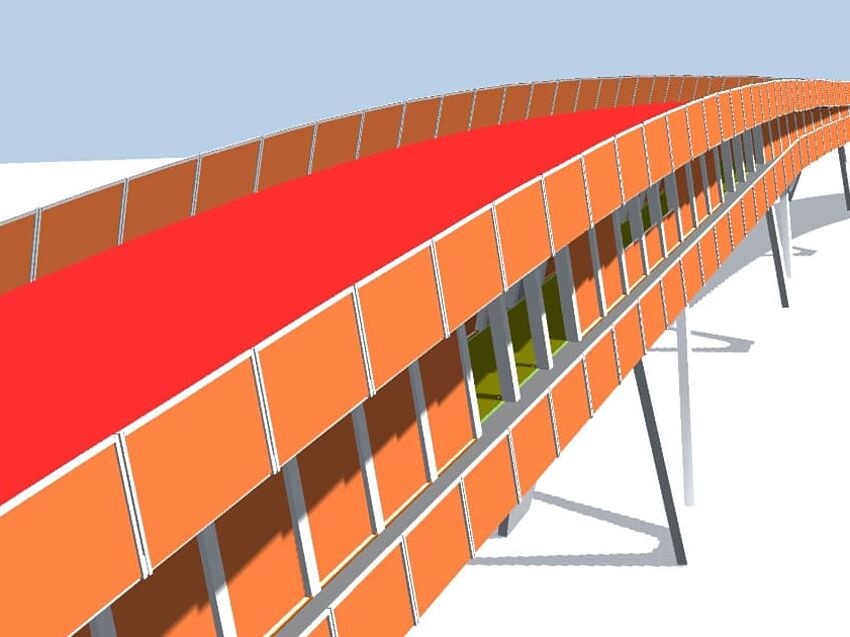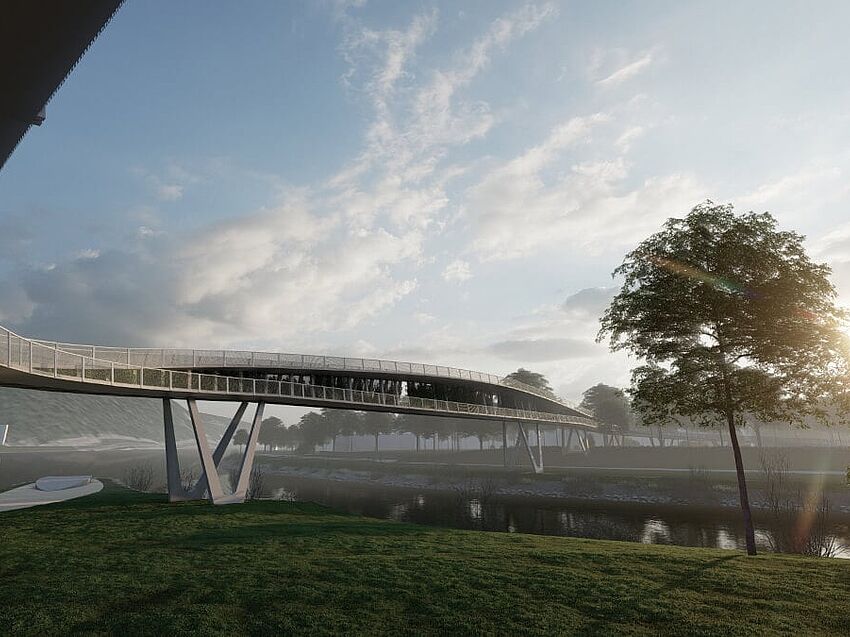ALLPLAN 2025-1: Smarter Workflows and Stronger Collaboration
Artificial intelligence (AI) is gaining a lot of media attention in other industries and is gradually becoming integrated into how we live and work. In the architecture, construction, and engineering (AEC) industry, we have accepted calculators and computers for years, benefiting from the improvements and efficiency they bring. While the uptake for AI in construction is a little slower, new technologies are starting to emerge that make the design and planning process much easier.
AI in construction offers many exciting opportunities to further refine how we create structures. No longer we will just use machines to simply do tasks, machines will instead be able to respond to situations. Combined with the power of big data, AI will help detect patterns in the information we gather and help us become more efficient. Let’s take a look at just a few of the ways that AI is starting to break into the AEC world.
Project Management
One of the most obvious uses for AI is to optimize project schedules, both for the planning phase and construction. Using AI, different delivery scenarios can be considered in order to find the most efficient schedule, basing decisions on insights and lessons learned from previous projects. Tools like these make suggestions to help the planner create a realistic project delivery plan. As these tools develop, they may be able to automatically update the project schedule intelligently. For example, if a team member is sick, the AI will reassign the task to someone else and recalculate the schedule to account for their absence.
Image Classification and Rendering
AI tools can be used to recognize and classify images of job sites, whether to identify areas of unsafe behavior or to combine photos of the site or building. While the former can help inform future training needs, the latter can be integrated into a 3D model, allowing a realistic view of the site from any point of interest. For rendering, tools are being developed that use AI and machine learning to identify and remove noise from rendered images, for a faster and higher quality image.
Design Aids
AI can do a lot of the number-crunching for civil engineers and architects, helping to optimize designs and make calculations more efficient and accurate. While that may sound like what computers already do today, the advantage of AI is that patterns can be detected and suggestions made based on previous information. Different design options – including varying components, products, sizes, and materials – can be analyzed using AI to optimize the design for the desired outcome, such as the most sustainable or cost-effective option.
Looking to the Future
As AI continues to develop and become more integrated into the AEC industry, there will no doubt be many more changes to come. As other industries continue to implement AI, lessons can be transferred – such as planning efficient delivery routes to sites, an application which the transportation and logistics industry is already benefitting from.
Another big area of development is analytics. It won’t be long before AI can analyze and predict constructability issues and risks, and potentially even evaluate structural stability and propose new options. Evaluating new construction products and materials and their performance could be another area where AI in construction will bring benefits.
The digital revolution is here, and the only question that remains is what the AEC industry will do with the endless possibilities it offers.




